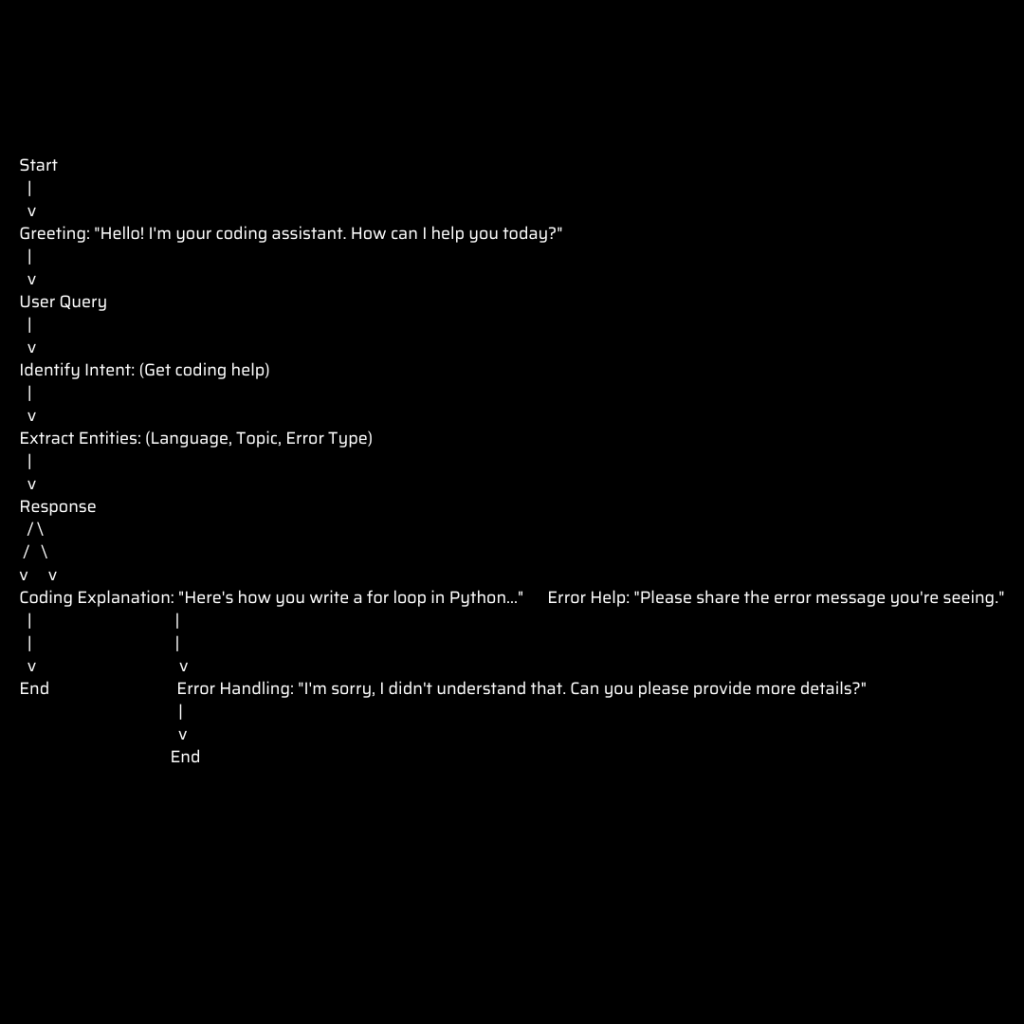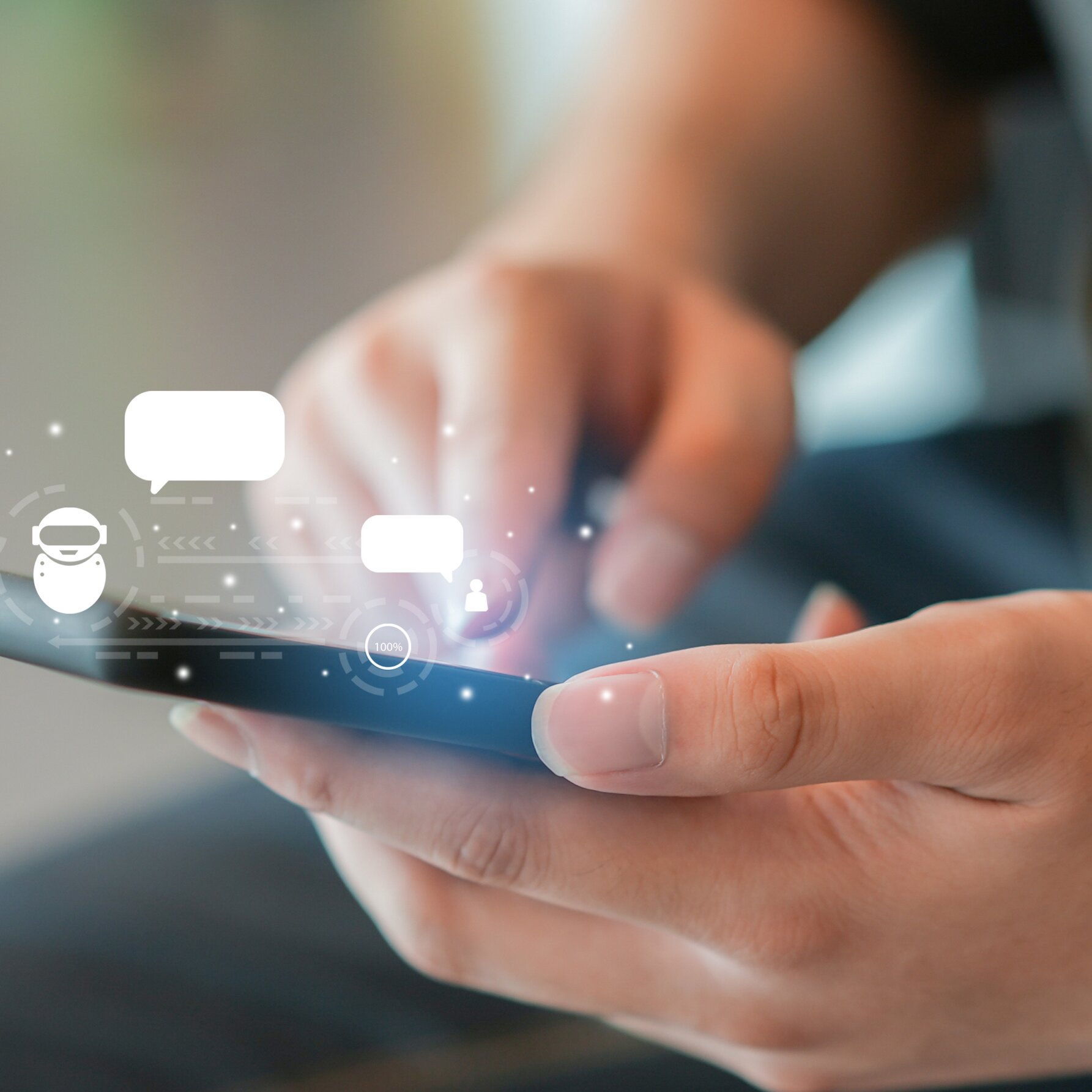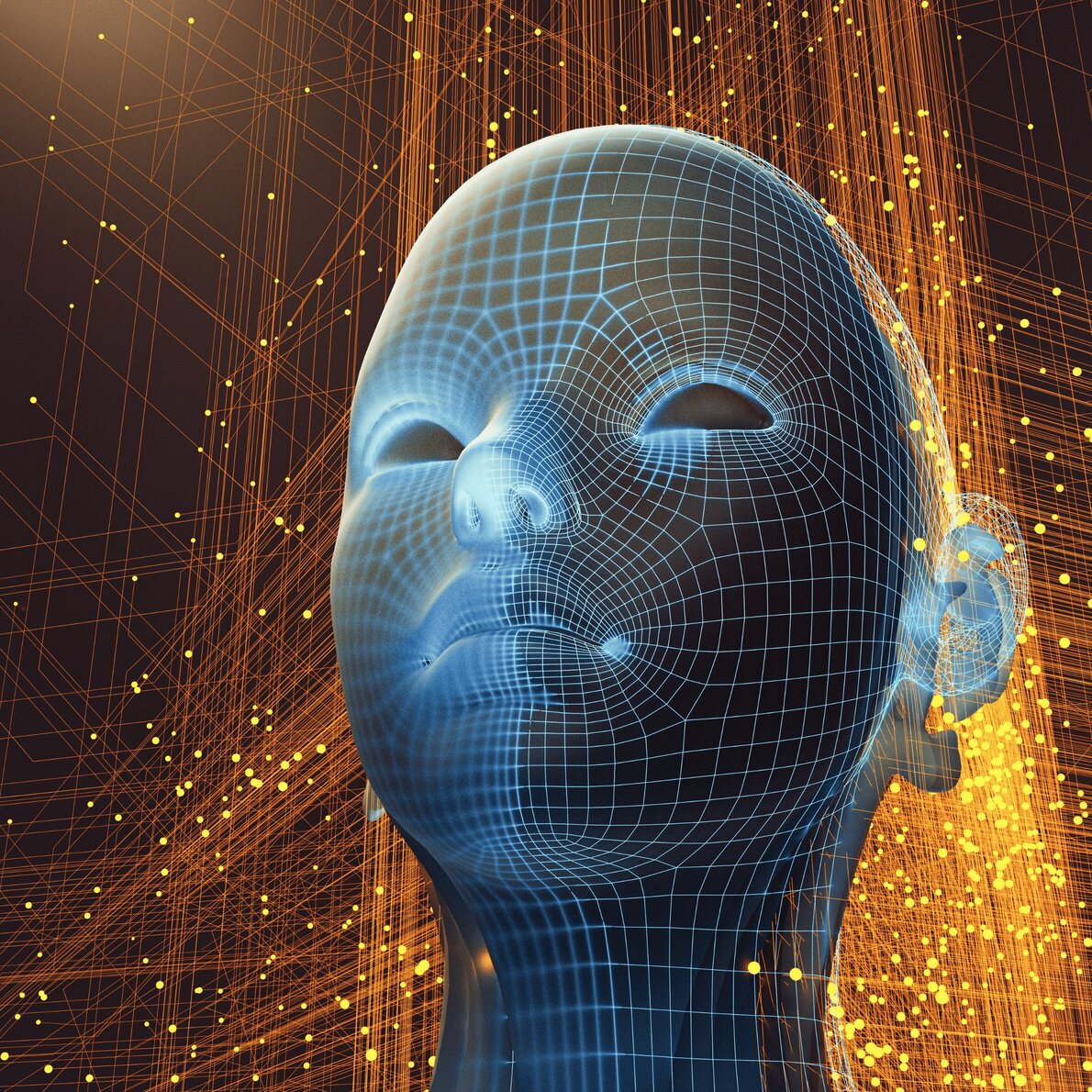
Beginner’s Guide to AI Chatbot Development
By, Amy S
- 20 Jul, 2024
- 1.8k Views
- 0 Comment
Whether you are new to AI chatbot development or have already started exploring ideas, this article serves as a comprehensive chatbot tutorial for beginners. It covers essential concepts like APIs, model fine-tuning, and the use of tools like RAG to help you embark on your journey into AI chatbots development.
What is Chatbot Development?
Chatbot development involves creating advanced software programs designed to simulate human conversation using technologies like Natural Language Processing (NLP), Machine Learning (ML), and deep learning. Unlike traditional rule-based systems, AI chatbots can interpret user language, understand context, and respond with personalized messages.
How AI Chatbot Developers Contribute to Chatbot Development
Businesses across various industries are increasingly integrating chatbot using AI to streamline operations and enhance user experiences. An AI chatbot developer plays a crucial role in developing chatbots (versatile chatbots) that can operate seamlessly across different social media platforms. These chatbots should be capable of learning from website content and previous chat interactions to provide intelligent and contextually relevant responses.
Key responsibilities of an AI chatbot developer include:
- Designing and developing AI chatbots that integrate with different social media platform APIs.
- Implementing NLP algorithms to understand user queries and provide accurate responses.
- Training the chatbot using website content and historical chat data to enhance its conversational abilities over time.
- Ensuring the chatbot follows best practices in user experience design and conversational UI/UX.
Methods to Develop AI Chatbot
When it comes to building an AI chatbot, there are several approaches that leverage advanced technologies and tools tailored to meet specific needs and functionalities. Here, we explore three primary methods:
- Using an API
Integrating an Application Programming Interface (API) is a popular approach in AI bot development. APIs provide access to pre-built functionalities and services, such as natural language understanding (NLU) or speech recognition, which are essential for creating intelligent chatbot interactions and chatbot programming. Chatbot developers can leverage APIs from platforms like Google Cloud AI, IBM Watson, or Microsoft Azure to enhance their chatbots’ capabilities without starting from scratch.
- Fine-Tuning a Model
Another effective method involves fine-tuning pre-existing machine learning models for building AI chatbot and programming AI bot. This approach utilizes frameworks like TensorFlow or PyTorch, enabling chat bot developers to customize models to understand specific languages or contexts relevant to their chatbot’s use case. By training these models on relevant datasets, developers can improve accuracy and tailor responses to better meet user expectations.
- Using RAG (Retrieval-Augmented Generation)
Interested in learning how to program chatbot? Chatbot application development has advanced significantly with innovative techniques like RAG (Retrieval-Augmented Generation). This cutting-edge approach combines retrieval-based methods and generative models, such as OpenAI’s GPT, allowing a chatbot programmer to enhance their bots’ ability to fetch and generate contextually appropriate responses from extensive knowledge bases. By leveraging RAG, interactions become not only accurate but also natural and effective, transforming how chatbots engage with users.
Chatbot Ideas for Beginners
Here’s a structured table summarizing the benefits of each AI chatbot implementation based on the criteria you provided:
| Method | Benefits | Costs | Complexity | User Interaction |
|---|---|---|---|---|
| API Call | Lowest cost | Pay per token usage | Basic | General information |
| Fine-tune | Customizable interaction | Higher: 4x token cost for Q&A in OpenAI | Requires dataset creation | Custom responses |
| RAG | Customized information | Costs varies on knowledge base complexity and token usage | Requires experience with frameworks | Offers detailed business-specific information |
How to Build an AI Chat Bot
Here are the steps on how to make an AI chatbot:
- Define Purpose and Scope: Before building your chatbot, clarify its purpose, target audience, and interaction types to ensure it meets user needs.
Example: Before developing AI programming bot for a healthcare provider:
Purpose: To provide patients with instant answers to common medical queries, schedule appointments, and send medication reminders.
Target Audience: Patients of all ages seeking quick medical information and appointment booking.
Interaction Types: Text-based chat for answering medical questions, voice interaction for appointment scheduling, and push notifications for medication reminders.
- Choose the Right Platform: Select a platform based on your technical skills and budget. Listed below are some popular chatbot development tools. These chatbots development tools facilitate efficient chat bots development:
- Dialogflow: Google’s suite for building conversational interfaces using NLP.
- IBM Watson Assistant: Integrates AI with advanced natural language understanding.
- Microsoft Bot Framework: Allows creation of intelligent bots across multiple channels.
- Rasa: An open-source framework for building AI-powered chatbots with machine learning.
- Design Conversation Flow: Plan a smooth user experience by defining user intents, entities, and dialog management using tools like flowcharts.
Example:

- Develop the Chatbot
- Set Up Development Environment: Choose Python or JavaScript, install necessary SDKs, and tools.
- Implement Natural Language Processing (NLP): Integrate intent recognition and entity extraction.
- Backend Development: Integrate APIs and set up a database for storing user data.
- Frontend Development: Design a user-friendly interface for seamless interactions.
- Train and Test
- Training: Use sample conversations to enhance the chatbot’s understanding and responses.
- Testing: Conduct thorough automated and manual tests to identify and fix issues.
- Deployment and Maintenance
- Deployment: Deploy the chatbot on relevant platforms for easy user access.
- Monitoring and Maintenance: Regularly monitor performance, gather feedback, and update the chatbot to maintain accuracy and relevance.
Best Practices in Chatbot Building
AI chatbot development is a transformative force in technology, revolutionizing user interactions through advanced technologies. This chatbot guide serves as a foundational resource for beginner chatbots developers navigating the intricacies of AI chatbot development, emphasizing its significance in enhancing user experiences and shaping the future of conversational AI. To ensure success in AI chat bot development, it’s crucial to adhere to best practices:
User-Centric Design: Prioritize user experience (UX) by designing intuitive interfaces and responses that are easy to understand and navigate.
Continuous Testing and Improvement: Regularly test chatbot functionalities to identify and resolve issues. Incorporate user feedback and analytics to refine the chatbot’s performance over time.
Security and Privacy: Implement robust security measures to protect user data and ensure compliance with privacy regulations.
Scalability: Design chatbots that can handle increasing user interactions and data volumes without compromising performance.
Transform Your User Interactions
Book your free consultation today! Partner with Digital Fractal Technologies and take the first step towards elevating your customer interactions with our state-of-the-art AI chatbot development services. Let us help you shape the future of conversational AI for your business.
Ready to discuss your project idea?
Recent Posts
Category
- Android (10)
- Artificial Intelligence (41)
- Blockchain (2)
- Cyber Security (2)
- Cybersecurity (6)
- Digital Transformation (41)
- Industry News (13)
- Infographics (10)
- iOS (2)
- Mobile App Development (80)
- Software (1)
- Uncategorized (3)
- Web development (11)
- Workflow Automation (3)
All Tag
Archives
- June 2025
- May 2025
- April 2025
- March 2025
- February 2025
- January 2025
- October 2024
- September 2024
- July 2024
- June 2024
- May 2024
- April 2024
- February 2024
- January 2024
- December 2023
- November 2023
- October 2023
- September 2023
- July 2023
- June 2023
- May 2023
- March 2023
- December 2022
- November 2022
- October 2022
- April 2022
- March 2021
- February 2021
- January 2021
- December 2020
- November 2020
- October 2020
- September 2020
- August 2020
- July 2020
- June 2020

